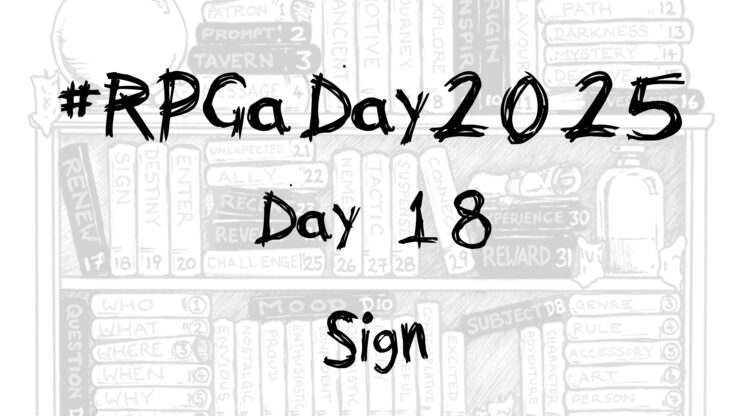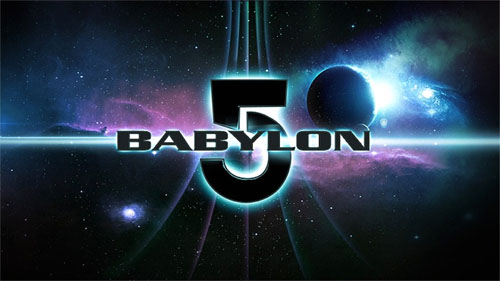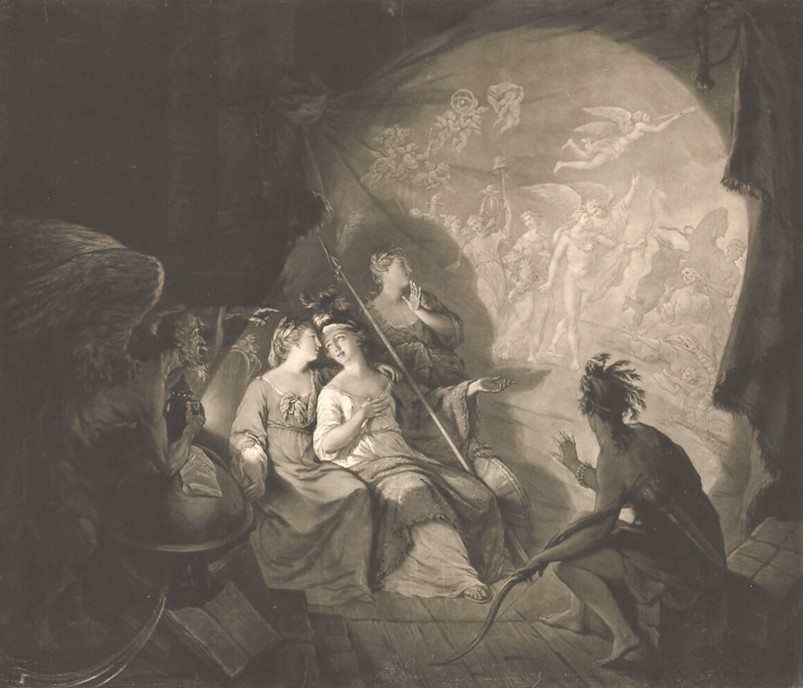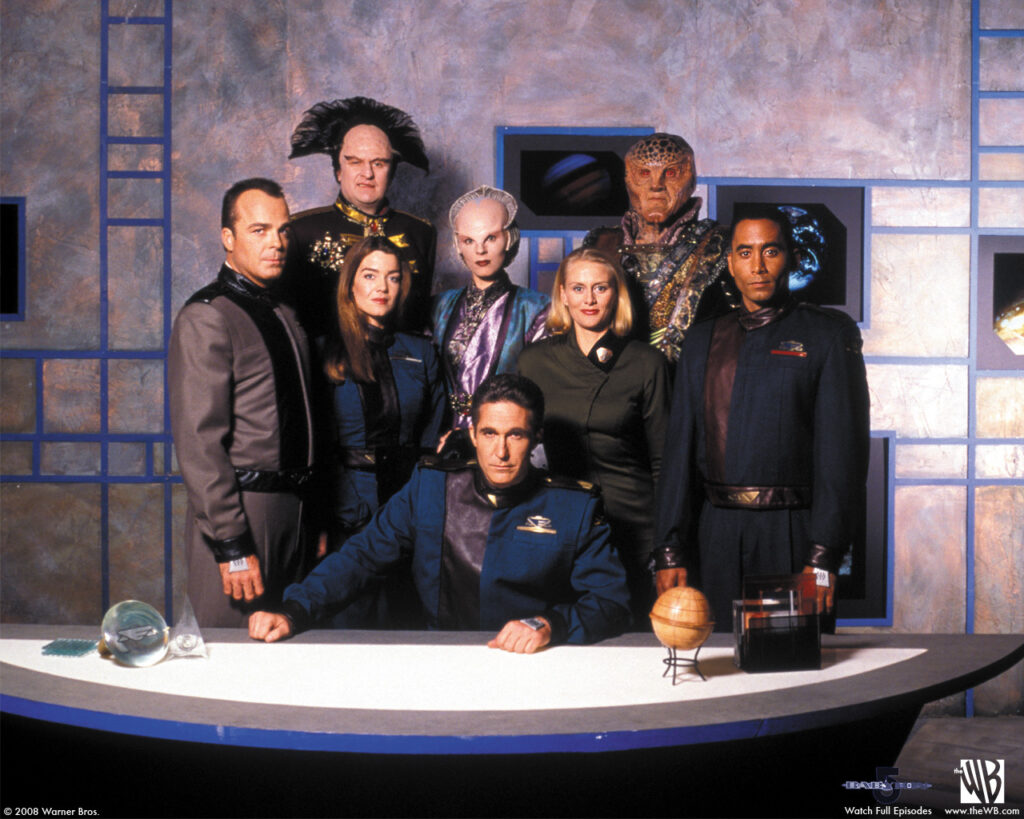Hello readers, happy Monday. For day 18, the prompt is Sign. I mentioned on day 9 how Babylon 5 was an inspiration, and this prompt immediately makes a connection for me with an episode of Season 1 of the show, Signs and Portents. If you’ve never watched the show, Season 1 was a superb introduction. Although there were a couple of less-than-stellar episodes, it set up the groundwork for greatness. I won’t spoil it for you if you haven’t watched it, but the name of the episode is also the name of the season; it is that important.
But I am not here to discuss that specific episode; instead, I want to share one of the many lessons the show taught me: how signs can be a valuable tool in your GM arsenal.
Baylon 5 was great at foreshadowing, at setting things up which paid off one, two, even four seasons later. But this being a TV show, which would face cast changes and production problems, the series creator J. Michael Straczynski made great use of misdirection and creative storytelling to make the crumbs he planted along the way pay off. As he created the show, he had trapdoors he could use to get rid of characters if the actors became unavailable. Check out this post on writing that mentions the idea of trapdoors and poses some helpful ideas for GMs.
Watching Babylon 5, I learned to use signs, parents, visions, and foreshadowing to create expectations and build tension in my games. Let’s call them signs for simplicity’s sake, and to keep to the day’s topic. These signs can be a great tool to show possible outcomes, but if you use them carefully enough, make them mysterious and vague, you can adapt them to the eventual outcome, whatever it may be.
For example, you start a campaign where a soothsayer says, “Your journey will end in fire and ash.” A few adventures later, a plume of smoke can be seen in the distance. Some time later, the characters meet dwarves escaping a volcano that erupted in the mountains they call home. Then there are rumors of a red dragon in the mountains. Are these all related? They could be! Will they all tie together at the campaign? Is the fire and ash a final battle with a great dragon? Will they burn the temple of an evil god? Fight in the elemental plane of fire? All of these are possibilities, and the above signs can all be adapted to your needs.
I keep notes of the signs I use, along with two or three possible ideas on how they can be used. I create flowcharts to illustrate the ideas and adjust them as necessary as the campaign progresses. I have an idea of where we’re headed, but players often change the story in unexpected ways.
Also, this bears repeating from previous days: listen to your player. They will interpret signs, make connections, and develop crazy conspiracy theories, which may guide your interpretation of the signs. You can steal their ideas and make them feel like they’ve uncovered the secrets.
Do you use signs and portents in your games, or are you a fan of foreshadowing? Do you plan them with forethought, or do you throw everything at the wall and see what sticks? Are you a fan of planned storytelling on a grand scale, or do you prefer player-driven emergent storytelling? I’d love to read your thoughts on the topic; feel free to share them here in the comments or tag me wherever you do. If you choose to join in the conversation, don’t forget to include the #RPGaDay2025 hashtag so the community can find your contribution.
If you haven’t watched Babylon 5, what are you waiting for? It is available for free on Tubi.





